-
 Bitcoin
Bitcoin $104,364.3481
3.00% -
 Ethereum
Ethereum $2,487.4028
2.69% -
 Tether USDt
Tether USDt $1.0008
0.05% -
 XRP
XRP $2.1693
3.85% -
 BNB
BNB $644.0993
1.93% -
 Solana
Solana $148.7490
3.59% -
 USDC
USDC $1.0000
0.00% -
 Dogecoin
Dogecoin $0.1793
5.09% -
 TRON
TRON $0.2771
3.49% -
 Cardano
Cardano $0.6591
5.73% -
 Hyperliquid
Hyperliquid $33.3021
-2.44% -
 Sui
Sui $3.1875
8.09% -
 Chainlink
Chainlink $13.5437
5.21% -
 Avalanche
Avalanche $19.8285
6.10% -
 UNUS SED LEO
UNUS SED LEO $8.9466
2.14% -
 Stellar
Stellar $0.2632
2.87% -
 Bitcoin Cash
Bitcoin Cash $396.5396
3.69% -
 Toncoin
Toncoin $3.1549
3.73% -
 Shiba Inu
Shiba Inu $0.0...01243
3.31% -
 Hedera
Hedera $0.1650
4.11% -
 Litecoin
Litecoin $87.0524
5.13% -
 Polkadot
Polkadot $3.8931
2.40% -
 Monero
Monero $324.7822
3.54% -
 Ethena USDe
Ethena USDe $1.0014
0.06% -
 Bitget Token
Bitget Token $4.5920
0.93% -
 Dai
Dai $1.0000
0.00% -
 Pepe
Pepe $0.0...01104
3.24% -
 Pi
Pi $0.6226
1.41% -
 Aave
Aave $251.8320
3.74% -
 Uniswap
Uniswap $6.0082
2.21%
Low risk and high return: a stable profit strategy for arbitrage trading in the cryptocurrency circle
Arbitrage trading in crypto exploits price differences across exchanges for profit, requiring speed, efficiency, and careful risk management.
Jun 06, 2025 at 11:07 am
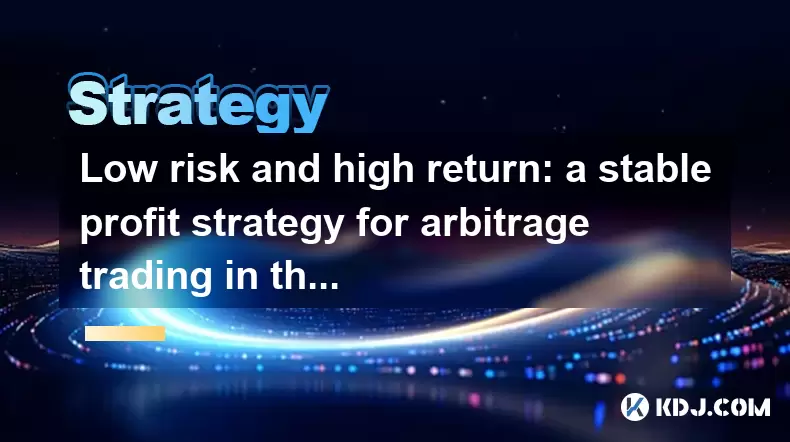
In the dynamic world of cryptocurrency, arbitrage trading has emerged as a strategy that promises both low risk and the potential for high returns. Arbitrage involves taking advantage of price discrepancies of the same asset across different markets or exchanges. This article delves into how you can implement a stable profit strategy for arbitrage trading within the cryptocurrency circle, ensuring you understand every nuance of this approach.
Understanding Cryptocurrency Arbitrage
Cryptocurrency arbitrage is a trading strategy that exploits price differences of a cryptocurrency on various exchanges. For instance, if Bitcoin is trading at $30,000 on Exchange A and $30,200 on Exchange B, a trader can buy Bitcoin on Exchange A and simultaneously sell it on Exchange B, pocketing the $200 difference as profit. The key to successful arbitrage lies in speed and efficiency, as price differences can disappear in moments.
Types of Arbitrage in Cryptocurrency
There are several types of arbitrage strategies within the cryptocurrency market:
- Simple Arbitrage: This involves buying a cryptocurrency on one exchange where the price is lower and selling it on another where the price is higher.
- Triangular Arbitrage: This strategy involves trading three different cryptocurrencies to exploit discrepancies in their relative prices. For example, converting Bitcoin to Ethereum, then Ethereum to Litecoin, and finally Litecoin back to Bitcoin, ideally ending with more Bitcoin than you started with.
- Cross-Border Arbitrage: This type involves exploiting price differences in the same cryptocurrency on exchanges located in different countries.
Each type offers unique opportunities and challenges, but the core principle remains the same: capitalize on price inefficiencies.
Setting Up for Arbitrage Trading
To start arbitrage trading, you need to set up accounts on multiple cryptocurrency exchanges. Here’s how you can do it:
- Choose Exchanges: Select exchanges that are reliable and have significant trading volumes. Popular choices include Binance, Coinbase, and Kraken.
- Register and Verify: Create accounts on the chosen exchanges and complete the necessary KYC (Know Your Customer) verification processes.
- Deposit Funds: Fund your accounts with the required amount of fiat or cryptocurrency to start trading.
- Use API Keys: Many traders use API keys to automate trading. Ensure you set up secure API keys for each exchange to facilitate quick and efficient trades.
Executing an Arbitrage Trade
Executing an arbitrage trade involves several steps, each crucial to the success of the strategy:
- Monitor Prices: Use a price tracking tool or software to monitor prices across different exchanges in real-time.
- Identify Opportunities: Look for significant price differences that justify the transaction costs.
- Execute Trades: Once an opportunity is identified, execute the buy order on the exchange with the lower price and the sell order on the exchange with the higher price.
- Transfer and Withdraw: After the trades are completed, transfer any remaining funds or cryptocurrencies to a secure wallet.
Managing Risks in Arbitrage Trading
While arbitrage is considered low risk, it is not without its challenges. Here are some risk management strategies:
- Transaction Costs: Always factor in transaction fees, withdrawal fees, and deposit fees, as they can significantly impact your net profit.
- Price Slippage: Be aware of price slippage, where the price moves against you between the time you place your order and when it is executed.
- Liquidity Risks: Ensure there is enough liquidity on both exchanges to complete your trades without significantly impacting the price.
- Regulatory Risks: Be aware of the regulatory environment of the countries where the exchanges operate, as changes in regulations can affect your ability to trade.
Tools and Software for Arbitrage
To enhance your arbitrage trading, consider using specialized tools and software. Some popular options include:
- Arbitrage Bots: These are automated systems that can execute trades much faster than a human could. Examples include Blackbird and HaasOnline.
- Price Tracking Platforms: Platforms like Coinigy and CryptoCompare offer real-time price tracking across multiple exchanges.
- Spreadsheets and Custom Scripts: For those who prefer a more hands-on approach, custom scripts and spreadsheets can be used to monitor and calculate arbitrage opportunities.
Case Study: A Real-World Arbitrage Example
To illustrate how arbitrage works in practice, let's consider a hypothetical example:
Suppose Bitcoin is trading at $30,000 on Exchange A and $30,300 on Exchange B. You have $30,000 available to trade.
- Step 1: Buy 1 Bitcoin on Exchange A for $30,000.
- Step 2: Transfer the Bitcoin to Exchange B.
- Step 3: Sell the Bitcoin on Exchange B for $30,300.
After accounting for transaction fees, you could potentially net a profit of approximately $200. This example demonstrates the simplicity and potential profitability of arbitrage trading.
Frequently Asked Questions
Q: How much capital is needed to start arbitrage trading in cryptocurrencies?
A: The amount of capital needed can vary widely depending on the scale of your trading. For beginners, starting with a few hundred to a few thousand dollars can be sufficient to learn and practice the strategy. However, larger capital can increase the potential for profit due to the ability to take advantage of more significant price discrepancies.
Q: Can arbitrage trading be fully automated?
A: Yes, arbitrage trading can be fully automated using arbitrage bots. These bots can monitor multiple exchanges and execute trades automatically when certain conditions are met. However, setting up and maintaining these bots requires technical knowledge and constant monitoring to ensure they operate correctly.
Q: Is arbitrage trading legal?
A: Arbitrage trading is generally legal, but it is essential to be aware of the specific regulations in the countries where the exchanges are based. Always ensure compliance with local laws and regulations when engaging in arbitrage trading.
Q: How do I handle the risk of exchange failures or hacks?
A: To mitigate the risk of exchange failures or hacks, it is crucial to diversify your funds across multiple exchanges and not keep large amounts of cryptocurrency on any single exchange for extended periods. Additionally, using cold storage wallets for the majority of your holdings can provide an extra layer of security.
Disclaimer:info@kdj.com
The information provided is not trading advice. kdj.com does not assume any responsibility for any investments made based on the information provided in this article. Cryptocurrencies are highly volatile and it is highly recommended that you invest with caution after thorough research!
If you believe that the content used on this website infringes your copyright, please contact us immediately (info@kdj.com) and we will delete it promptly.
- Pi Network Ecosystem Announcement to Coincide with Consensus 2025
- 2025-06-07 05:30:12
- Injective Protocol will conduct an AMA on X on May 13th, offering a detailed overview of the rapid expansion of iAssets
- 2025-06-07 05:30:12
- Bitcoin (BTC) Mining Just Got Easy: Introducing Bitcoin Solaris
- 2025-06-07 05:25:13
- Bitcoin (BTC) Realized Cap Beats Records, Eyes $900B as Market Lays Foundations for Breakout
- 2025-06-07 05:25:13
- Solana (SOL) Price Eyes $180 as Bullish Momentum Strengthens
- 2025-06-07 05:20:13
- TRUMP Price Prediction: By 10% to $13.29 as Bitcoin (BTC) Nears $100,000
- 2025-06-07 05:20:13
Related knowledge
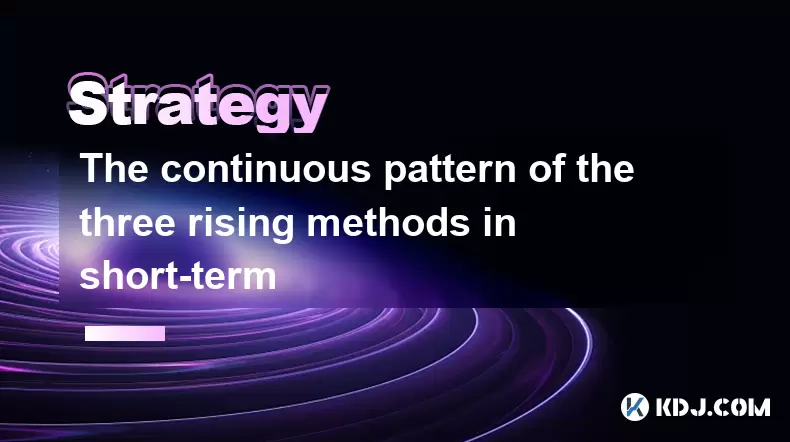
The continuous pattern of the three rising methods in short-term
Jun 05,2025 at 02:49am
The continuous pattern of the three rising methods in short-term trading within the cryptocurrency market is a technical analysis pattern that traders often use to identify potential bullish trends. This pattern, also known as the 'three advancing white soldiers,' is characterized by three consecutive bullish candles, each closing higher than the previo...
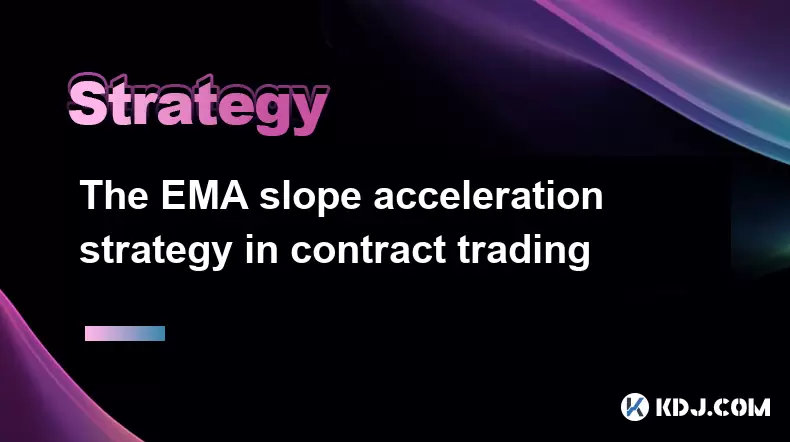
The EMA slope acceleration strategy in contract trading
Jun 02,2025 at 12:42pm
The EMA slope acceleration strategy is a popular method used by traders in the cryptocurrency contract trading market to identify potential entry and exit points. This strategy leverages the Exponential Moving Average (EMA) to gauge the momentum and direction of price movements. In this article, we will explore the intricacies of the EMA slope accelerat...
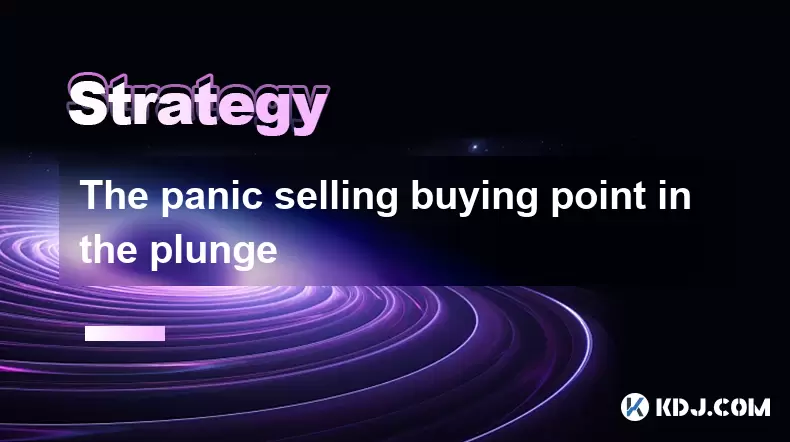
The panic selling buying point in the plunge
Jun 07,2025 at 04:49am
Understanding Panic Selling in Cryptocurrency MarketsPanic selling is a phenomenon in the cryptocurrency market where investors sell off their assets rapidly due to fear of further price declines. This behavior often leads to a sharp drop in the price of cryptocurrencies, creating a vicious cycle of selling and further price drops. Understanding the dyn...
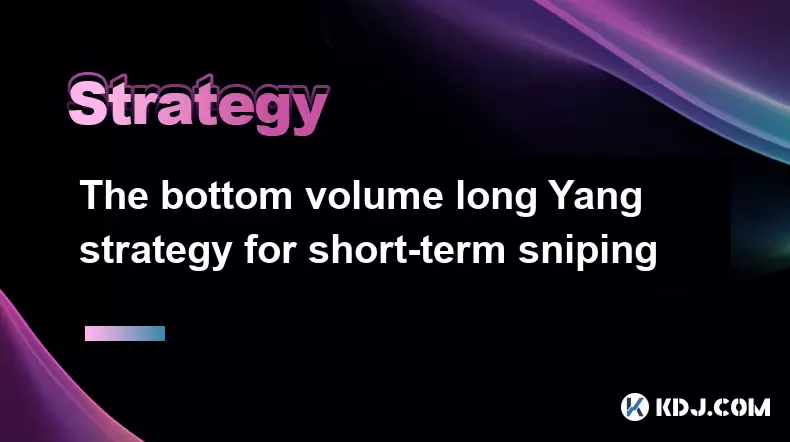
The bottom volume long Yang strategy for short-term sniping
Jun 05,2025 at 10:56am
The bottom volume long Yang strategy is a tactical approach used by traders in the cryptocurrency market to identify and capitalize on short-term price movements. This strategy focuses on finding moments when the trading volume is at its lowest and the price action shows signs of a potential bullish reversal, known as a 'long Yang' pattern. In this arti...

The gap support strategy in the surge
Jun 01,2025 at 01:00am
Introduction to the Gap Support StrategyThe gap support strategy is a popular trading approach within the cryptocurrency market, particularly used during periods of significant price surges. This strategy involves identifying and capitalizing on price gaps that occur in the market, which can serve as potential support levels during a surge. By understan...
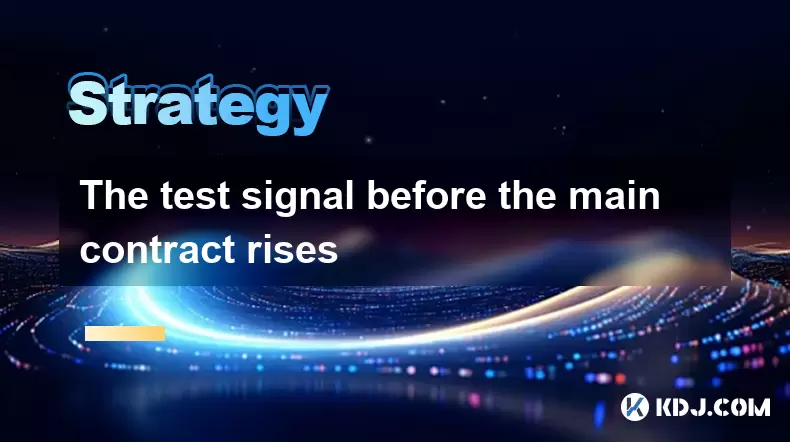
The test signal before the main contract rises
May 31,2025 at 11:49pm
In the dynamic world of cryptocurrency trading, understanding market signals can significantly enhance a trader's ability to make informed decisions. One such phenomenon that has garnered attention among crypto enthusiasts is the test signal before the main contract rises. This article delves into what this signal entails, how to identify it, and its im...

The continuous pattern of the three rising methods in short-term
Jun 05,2025 at 02:49am
The continuous pattern of the three rising methods in short-term trading within the cryptocurrency market is a technical analysis pattern that traders often use to identify potential bullish trends. This pattern, also known as the 'three advancing white soldiers,' is characterized by three consecutive bullish candles, each closing higher than the previo...

The EMA slope acceleration strategy in contract trading
Jun 02,2025 at 12:42pm
The EMA slope acceleration strategy is a popular method used by traders in the cryptocurrency contract trading market to identify potential entry and exit points. This strategy leverages the Exponential Moving Average (EMA) to gauge the momentum and direction of price movements. In this article, we will explore the intricacies of the EMA slope accelerat...

The panic selling buying point in the plunge
Jun 07,2025 at 04:49am
Understanding Panic Selling in Cryptocurrency MarketsPanic selling is a phenomenon in the cryptocurrency market where investors sell off their assets rapidly due to fear of further price declines. This behavior often leads to a sharp drop in the price of cryptocurrencies, creating a vicious cycle of selling and further price drops. Understanding the dyn...

The bottom volume long Yang strategy for short-term sniping
Jun 05,2025 at 10:56am
The bottom volume long Yang strategy is a tactical approach used by traders in the cryptocurrency market to identify and capitalize on short-term price movements. This strategy focuses on finding moments when the trading volume is at its lowest and the price action shows signs of a potential bullish reversal, known as a 'long Yang' pattern. In this arti...

The gap support strategy in the surge
Jun 01,2025 at 01:00am
Introduction to the Gap Support StrategyThe gap support strategy is a popular trading approach within the cryptocurrency market, particularly used during periods of significant price surges. This strategy involves identifying and capitalizing on price gaps that occur in the market, which can serve as potential support levels during a surge. By understan...

The test signal before the main contract rises
May 31,2025 at 11:49pm
In the dynamic world of cryptocurrency trading, understanding market signals can significantly enhance a trader's ability to make informed decisions. One such phenomenon that has garnered attention among crypto enthusiasts is the test signal before the main contract rises. This article delves into what this signal entails, how to identify it, and its im...
See all articles

























































































